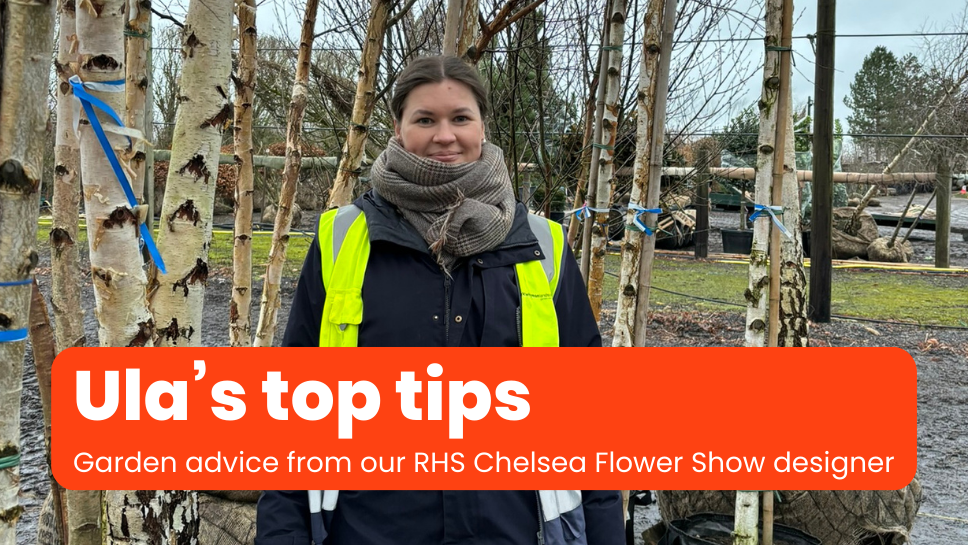
Tips for small gardens
Go big! It might feel like the opposite to what you might think, to introduce large items to small spaces, but they trick the eye and mind and make the space seem bigger. Even a single large plant or tree will make more impact than lots of tiny ones.
Consider introducing plant beds or some large potted plants close to the house, window or door. This will help create intrigue and interest and add perspective and depth.
Another tip is to use a well thought out material, colour and texture palette. There isn't anywhere to hide in a small space, so everything has to work in harmony. Also, remember you can never go overboard on texture – it’s a key part of making a space feel more characterful, rich and unique.
This year’s main gardening trends
I try not to follow the trends too much and instead aim to create timeless spaces. However, there are quite a few lovely trends that have come out in recent years and are here to stay. Things like no lawns in small gardens and attention to native and ornamental plants that are great for wildlife.
Make your garden into a wellbeing space
Different people find different types of gardens soothing, so the starting point is to find what makes you feel relaxed and at ease. Engage your senses in your garden - smell, touch, hearing, sight and even taste – and work out what relaxes you. Introducing comfortable seating for lounging and observing changes in your garden and its surroundings, will also encourage you to spend more time outdoors.
Make your garden better able to deal with unpredictable and extreme weather
To maximise the life span and resilience of your garden you’ll need to understand the environment you’re working in. This means working out your soil type, looking at sun and shade levels and how much water your garden usually gets. You can then introduce plants that grow best in those particular conditions. It’s also important to think about the sustainability credentials of any hard landscaping materials you use, such as what's their predicted lifespan, how are they made, and where do they come from.
Tips for natural planting schemes
There's a general misunderstanding that planting that appears to look 'naturalistic' is easy to maintain and develop. I find it quite the opposite. 'Naturalistic' planting requires a lot of care and attention to look good in small spaces all year round. I would recommend thinking about plants that are resilient and provide interest all year round. Ornamental grasses are great for this as they provide lovely changes throughout the year and look great even in winter.
How to attract more wildlife
Introduce trees and shrubs. Some are particularly good at providing food and shelter. Also, introducing water - no matter how small the amount - will make a huge difference in welcoming wildlife. An easy way to attract more wildlife is by adding a pile of decaying wood. I think this works better than manufactured 'bug hotels'.
Thank you to Project Giving Back for funding our RHS Chelsea Flower Show garden. It will allow us to reach people who have never heard of muscle wasting and weakening conditions, raise awareness of the work of the charity and give our community a voice.
You can raise awareness of muscle wasting and weakening conditions in your community by opening your garden this summer.
